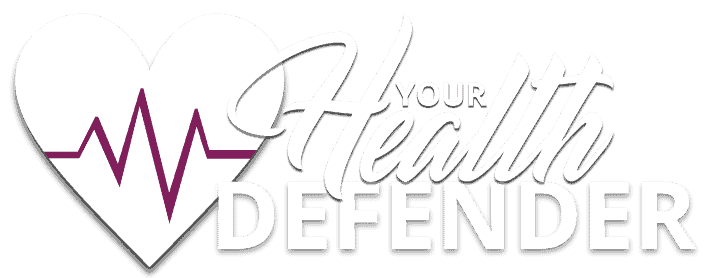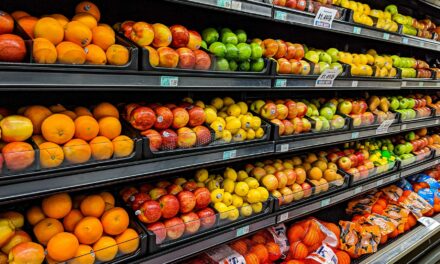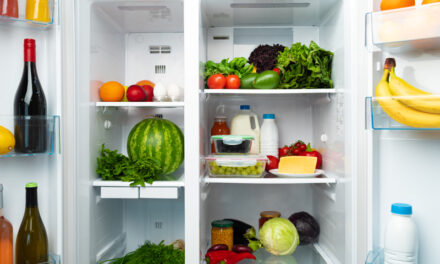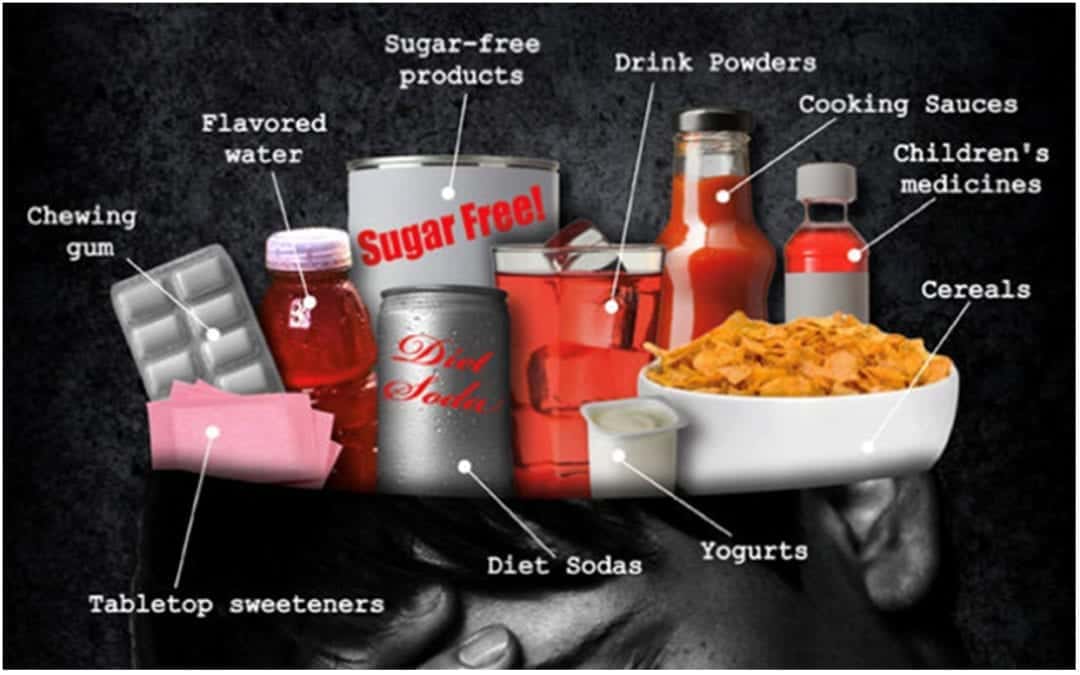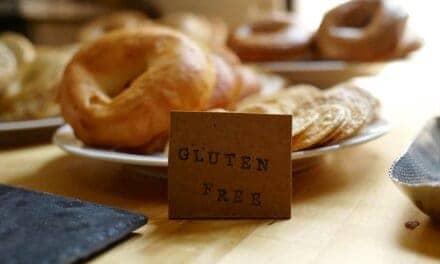The process of learning what you can and can’t eat on a gluten-free diet can be one of the most intimidating parts of committing to a gluten-free lifestyle.
That first time in the grocery store after adopting a gluten-free diet is often filled with nerves, fear, and a little voice in your head saying, “Are you sure that’s gluten-free?”
When most of us grocery shop, we tend to zoom through the aisles in that limited amount of time between dropping one kid off at piano lessons and the other at soccer practice right after work. You’re likely hungry, irritable (or hangry, as some people say), and just ready to get home.
When catering to a gluten-free diet, it’s not as easy to “get in and get out,” especially when taking several minutes at every product, reading nutrition labels, and comparing ingredients.
I certainly want you to live your healthiest life, but I also want you to live a convenient life.
That’s why I want to help you eat the food safest for your body by giving you the information you need to easily find food that will treat your body with kindness and help you reach your wellness goals.
How to Shop for Gluten-Free Food in Less than 30 Minutes
The safest food for a gluten-free diet plan is the least processed food.
Fruits and vegetables are always the safest bet for gluten-free food. Organic produce is what it is, without any added preservatives, pesticides, or any amount of gluten.
If you have less than 30 minutes to get to the grocery store and get what you need, stick to the outside perimeter of the store and try filling up on produce before you venture too far off into gluten-free specialty items.
With gluten-free, the most simple way is often the answer.
A Quick Guide to Identifying Gluten in Foods
With pre-packaged foods, it can be hard to sift through the ingredient lists. Even products that advertise themselves as “gluten-free” can still sometimes include ingredients that would have a negative effect on people with celiac disease.
Three ingredients you must always look out for are wheat, barley, and rye.
With that said, there are ways to identify what is worth placing in your cart and what is best left on that cold metal shelf.
Know your ingredients. The first thing I would recommend anyone to do as they start a gluten-free diet for celiac disease, gluten intolerance, or just because, is to learn what commonly added ingredients are harmful.
Things like soy sauce, gravy mix, salad dressings, and various condiments can contain gluten-based ingredients. What may seem like a safe meal could easily upset your body, just from adding these once pantry staples.
These add-on ingredients can be common in pre-made meals, whether fresh or frozen.
Check the allergen list. Below the nutritional facts and ingredients list, you can quickly check if a product has been made with wheat or made near other products containing gluten.
The FDA requires companies to disclose when a common allergen is present. However, it’s never a bad idea to double-check your ingredient lists.
Utilize your grocery store’s app. These days, many big-box grocery stores have apps that allow you to view the products in their stores. Here, you can easily see the nutrition labels of every single product available in the store.
If you like to have a solid plan or want to take your time researching your food and what is in it, take a look at your grocery store’s website or app and check out those nutrition facts.
Still, check your labels before you consume. It isn’t hard to make mistakes with food, so don’t fear being overly cautious about your body and what you put in it.
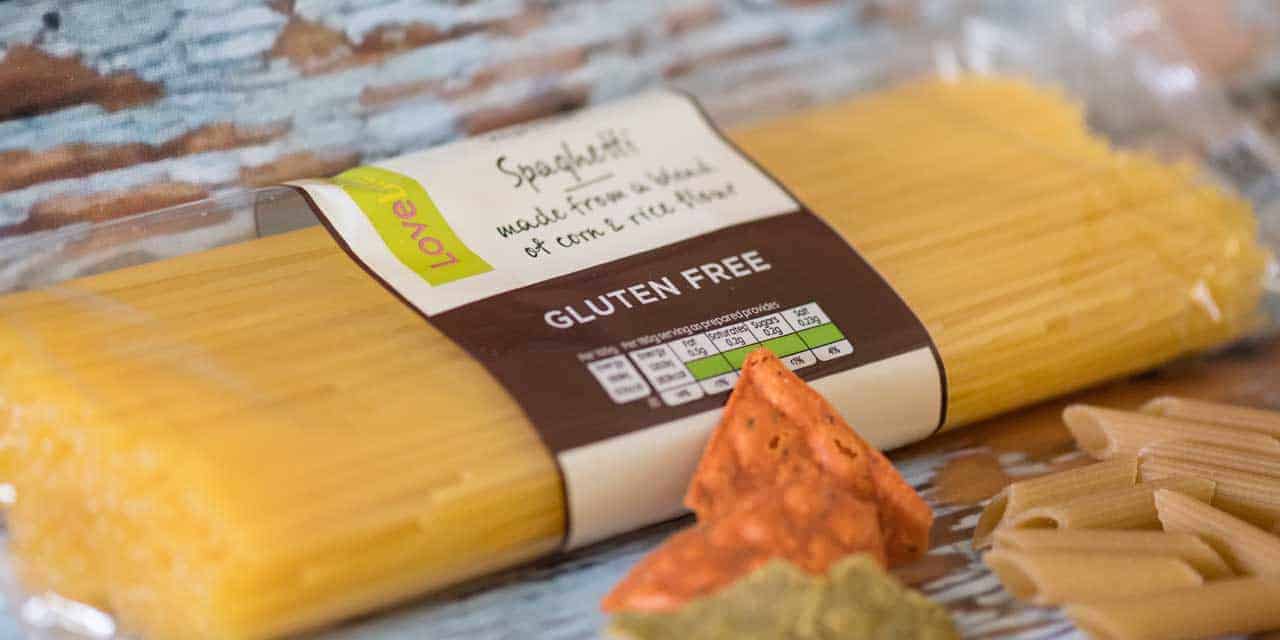
Finding Hidden Gluten Ingredients in Packaged Food
Not everything containing gluten will scream, “I have gluten!”
Gluten is hidden in a lot of unsuspecting places. That’s why we have to read ingredient lists carefully, paying particular attention to wheat-related ingredients.
Look for these ingredients on your packages:
- Wheat
- Barley
- Rye
- Malt and malt flavoring
- Farro
- Panko
- Seitan
- Orzo
- Matzo
A whole list of ingredients you need to look out for may sound overwhelming now, but once you start buying gluten-free groceries regularly for your gluten-free lifestyle, you’ll be in and out of the store like usual in no time.
Sneaky Seasonings Often Have Gluten
One thing that I encourage all of the time is flavor! Everything we eat needs some good flavor. While seasoning should never be excluded, store-bought seasonings are something that you must be extra cautious with.
Like soup mixes and condiments, spices can often be loaded with gluten-filled ingredients in an attempt to add shelf life or keep the product from clumping together. Purchasing high-quality, organic spices is a great way to ensure the safety of your food. The best idea if you make a lot of quick meals is to buy certified gluten-free spices from trusted gluten-free sources for convenience and safety.
However, if you have the time, I think fresh garlic and onion with salt and pepper works best. You can add those few things to any dish and give it that flavor you’re craving.
Gluten-Free Goes Beyond Food
Don’t just look at food labels; look at ingredient labels for every single thing you put in your body!
Supplements, vitamins, and other medications can contain gluten as a way of binding the pill. Currently, in the United States, there is no requirement for disclosure of gluten ingredients in medications.
Makeup companies also often use gluten products as binding agents in their powders, blushes, and eyeshadows. On the back of most packages, you can find an ingredient list. You will want to stay away from products with wheat and malt, as well as forms of dextrin. Extensive ingredient lists for cosmetics are often found on the company’s website.
If the Box Says “Gluten- Free” Do I Still Have to Read the Label?
Many products from the inner aisles of supermarket shelves may include words like “gluten-free” or “no gluten” or even “wheat-free” on the label. These are often products you may be drawn to first since they seem like easy replacements for the things you once loved.
Regardless of the way a product is packaged and advertised, there may be unsafe ingredients. The Celiac Disease Foundation has some great resources to help you understand which foods you should avoid.
A List of Grab and Go Gluten-Free Foods
Sometimes you feel like you don’t have time to plan and prepare a meal, but you certainly still need to eat.
I’m a big advocate for making your own snacks and creating some grab-and-go meals ahead of time.
Tip: Spending a little extra time when you have motivation in the kitchen to prep a few more meals can be so helpful on those days when you’re short on time.
Here are a few of my favorite gluten-free treats and a few gluten-free recipes that make the transition to a gluten-free diet as easy as ever.
- Greek yogurt
- Chia pudding
- Sausage Mushroom Frittata Muffins
- Eggs
- Beef jerky (be careful of teriyaki & soy sauce)
- Dehydrated fruit
- Popcorn (be careful of added flavorings)
Your Deserve to Live Your Best Gluten Free Life
Removing gluten from your diet doesn’t have to be a bad thing. Learning to live a gluten-free lifestyle can be difficult at first, but it is truly an investment in helping your body feel more comfortable. There are so many new things to learn and explore in this new gluten-free life. I’m happy to be on this journey with you, advocating for your wellness every step of the way, as Your Health Defender.
